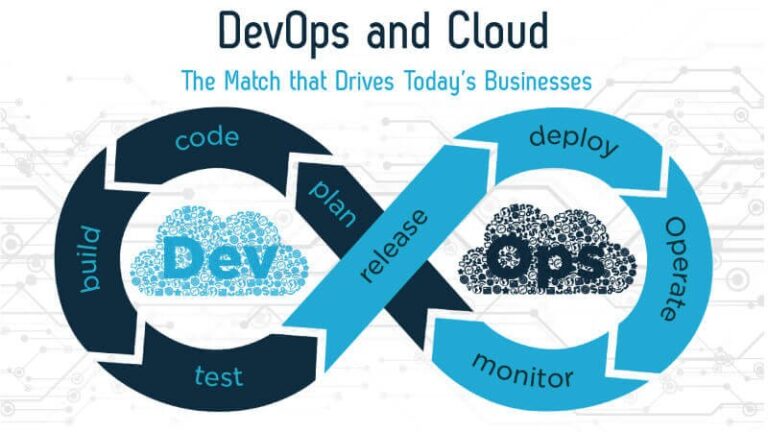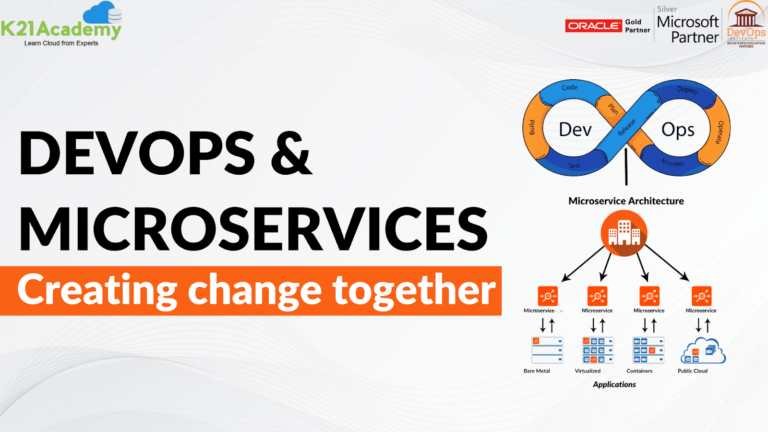The capacity of microservice architecture to offer scalability, flexibility, and quicker development cycles has led to its enormous rise in popularity in recent years. A complicated system of microservices might be difficult to deploy and manage. The creation and deployment of microservices can be made simpler with the help of the containerization platform Docker. This article will examine the advantages of utilizing Docker to create and deploy microservices-based systems, as well as how it supports the implementation of microservice architecture.
What are Microservices?
Microservices are a type of application architecture where several separate services interact with one another using simple APIs.
The architectural style of microservices, commonly referred to as microservice architecture, structures an application as a group of services that are:
- autonomously deployable
- In loose coupling
- based on commercial skills
- by a small team of owners
A company can provide huge, complex applications quickly, often, reliably, and sustainably thanks to microservice architecture, which is essential for competing and succeeding in the modern world.
Let’s examine the reasons why software must be delivered quickly, often, reliably, and sustainably.
Characteristics of Microservices
Microservices differ from conventional monolithic designs in several important ways, including the following:
- Modularity and independence: Because each microservice is self-contained, you may create, test, and deploy it on your own.
- Decentralized data management: With each service holding its data and making it accessible through APIs, microservices encourage a decentralized approach to data management.
- Resilience and fault tolerance: Microservices are designed to be fault-tolerant, which means that even if one service fails, the remainder of the application can keep running normally
- Scalability and elasticity: Microservices enable teams to scale individual services up or down based on demand, boosting overall application performance. This is accomplished by dividing applications into smaller components.
Microservices Design Principles
There are many important considerations to bear in mind when developing microservices, including:
- Domain-Driven Design (DDD): DDD is a methodology that emphasizes drawing distinct lines of demarcation between various components of an application to keep each microservice confined to a single area of operation or set of responsibilities
- API Gateway Pattern: The API Gateway Pattern streamlines communication between services and clients by combining API requests and sending them to the appropriate microservices.
- Coherence and granularity of the service: Developers should aim to build compact, cohesive services, making sure that each microservice is in charge of a single, clearly defined functionality.
- Data synchronization and event-driven architecture: By allowing microservices to communicate asynchronously through events, an event-driven design lessens the requirement for tight coupling and boosts the efficiency of the entire program.
Challenges of Building a microservice architecture
These common areas must be addressed in the design and managed continuously if microservices are to attain their full potential and power.
- Service monitoring: It can be difficult to track services that are spread across several hosts. Collaborating microservices spread throughout your environment need to be inventoried and easily available, rather than requiring a single stop to modify monolithic integrations.
- A more sophisticated deployment: Microservices can be created in a variety of programming languages and exist independently. But because each programming language has its libraries and frameworks, these various programming languages will each need a unique collection of libraries and frameworks. As a result, resource overhead (and expenses) rise, complicating deployment as a factor. These challenges, however, are surmountable. Here’s where revolutionary container technology, like Docker, can fill in the blanks.
- Rapid resource scaling: Each microservice uses significantly fewer resources than monolithic apps, but keep in mind that when your design scales, the number of microservices in production will increase quickly. Without adequate management, a large number of tiny hosts can use up just as much storage and processing power as a single monolithic application.
- Ineffectively using few resources: There is a minimum number of resources you can allot to any task in the Amazon Web Services environment. Microservices may be so small that they only use a piece of a small EC2 instance, wasting resources and costing more than the microservice needs.
Docker to the rescue for microservices
Docker: A useful tool for software development firms, Docker is a potent technology that makes containerization easier for the deployment of applications. A software development organization can effectively use Docker for cloud deployment by comprehending its foundations, capabilities, advantages, and best practices.
Benefits of Docker for Microservices
Docker has some benefits for building microservice architecture, including:
- Dependency management: The program and its dependencies are contained within Docker containers, ensuring uniform runtime environments for development, testing, and production. This simplifies the deployment procedure and solves the “it works on my machine” problem.
- Isolation: Each microservice is isolated at the process level by running in a separate container. Through this isolation, services are kept apart from one another, boosting security and stability.
- Continuous Integration and Delivery (CI/CD): By offering consistent environments for testing and deployment, Docker streamlines the CI/CD pipeline. The automated CI/CD process makes it simple to build, test, and deploy containers, speeding up the time to market.
Best Practices for Microservices with Docker
- Single Responsibility Principle: Each microservice should concentrate on a single piece of functionality or business capability. As a result, maintainability and scalability are improved.
- Optimization of Container Size: Make sure that each container only contains the dependencies and libraries that are required. Performance is increased and resource usage is decreased by optimizing container size.
- Logging and monitoring: Use centralized logging and monitoring programs to gather and examine metrics and log data from various microservices. In debugging and locating performance bottlenecks, this is helpful.
- Loose Coupling: Microservices should communicate via clear APIs, following the loose coupling tenets. This makes it possible for independent service development and deployment.
Tools for Docker orchestration: Use Docker orchestration solutions like Kubernetes or Docker Swarm to manage microservices-based systems at scale. These technologies offer cutting-edge functionality for autonomous container management, load balancing, scaling, and service discovery.
Security considerations: Ensure that the proper security safeguards are put in place for microservices and Docker containers. This includes creating access controls and network segmentation, screening for vulnerabilities, and routinely updating containers.
Real-World Use Cases
- Financial Services: With segregated containers providing data protection, Docker can be used to develop and deploy microservices for financial services such as account management, transaction processing, and risk assessment.
- E-commerce apps: By enabling autonomous scaling of services like the product catalog, shopping cart, and payment processing, Docker makes it easier to develop microservices-based e-commerce apps.
- Platforms for media streaming: Docker offers effective scaling and deployment of microservices for platforms for media streaming, managing services like content delivery, transcoding, and user authentication independently.
We’ve demonstrated how to use Docker to make the deployment of microservices simpler in this blog article. You can quickly and effectively manage the deployment, scaling, and networking of your services in a consistent and repeatable manner by containerizing your microservices and utilizing technologies like Docker Compose. With Docker, you are free to concentrate on creating and enhancing your microservices while the platform takes care of the challenging deployment and orchestration tasks.








